MarketHub an e-commerce oil, fuels, lubricants and specialities ordering platform for various businesses across the world. Servicing over 33,000 customers and generating revenue in the billions.
MarketHub had grown out of the need to offer their customers a digital ordering platform before the existence of MarketHub customers would order their products via email, phone or fax.
The MarketHub project had immense pressure from the wider Shell business as it was the only means of ordering products for various business verticals. This, in turn, presented the team with conflicting priorities and generally stakeholders in the business with the most political influence got to steer the product towards their needs.
Like any large corporation, the project had core dependencies on legacy IT systems such as GSAP and various procurement systems in Shell. This and the immense business pressure technical decisions were made to embed core services into the source code of an off the shelf system which meant the technology was unstable, difficult to maintain and lacked core features you would expect a modern solution to have.
The business was aware of this fact and decided to focus its efforts on improving the customer and user experience, however, the team who had complete control over all technical decisions, product decisions and user experience decisions didn’t truly understand the value of customer experience or user experience.
Years of misinformed and self-proclaimed success blindsided the team from the poor usability and experience of their system.
Therefore a challenge I faced was educating senior members of the IT team that user experience isn’t just taking their requirements and creating interfaces and that the customer is the most important stakeholder of their platform, not the business stakeholders.
A second challenge I faced was the way the team was structured and how they worked as in most corporations the team committed to quarterly planning sessions and worked in a pure waterfall fashion with a slow delivery and compromised experiences.
A third challenge I faced was that the project had no real vision or strategic direction, the project was happening in small silo’s and different parts of the product didn’t relate back to a vision.
I was hired as a Lead User Experience Architect which encompassed Product Design, User Research and User Experience activities. I was hired as the first and only design resource to work on the project since its formation.
This role morphed into the interim head of user experience for the project.
Main Tasks

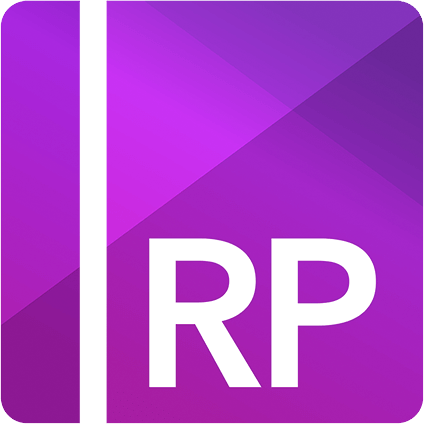

As I was the sole resource on the project performing user experience architecture, user and customer research and design delivery meant I had to prioritize my activities efficiently as to achieve my objective of transforming the project by embedding customer centricity at the heart of everything we did.
The first of my activities was to perform an internal health check within the team this was done by interviewing and having conversations with various stakeholders within the project to identify their pain points and their objectives.
I also used this as an opportunity to gauge their understanding of customer centricity and the benefits it could offer. During this period I learned that this was a fruitless exercise as I was battling numerous preconceived notions and self-proclaimed success.
With this realisation, I thought it would be best to have the project and delivery teams hear it directly from the horse's mouth, which in this case would be the customer. To execute this plan I tried to perform qualitative research with customers, however, I soon realised that within an organisation guarded as Shell it was immensely difficult to actually get access to customers.
At this point, I changed my strategy again and identified a champion within the wider business that had sufficient influence within the organisation and would help me achieve my objective.
With this champion I managed to perform qualitative research on the ordering platform and gathered plenty of insights, this was then in return delivered back to the project and delivery teams in the form of a presentation, including solutions to the proposed problems, I ensured that various senior leaders within the organisation were invited to the presentation.
Presentation
Screenshots from
Presentation
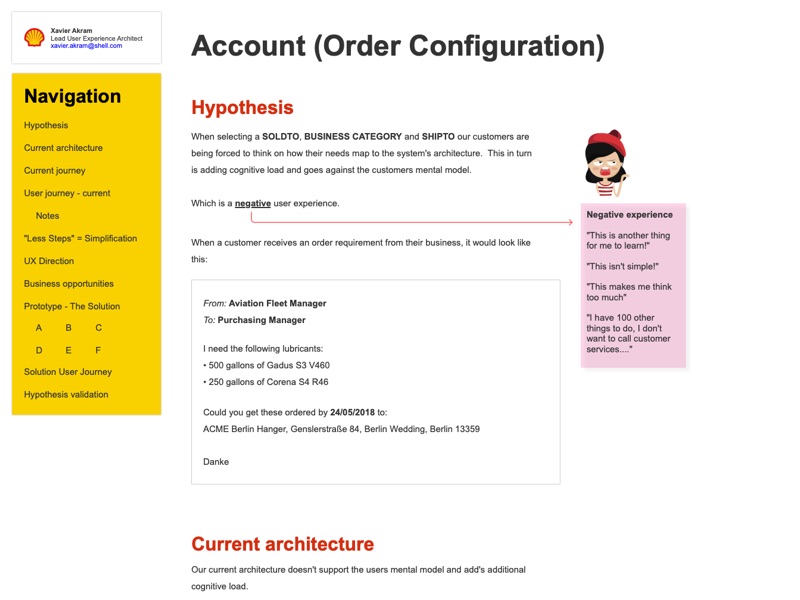
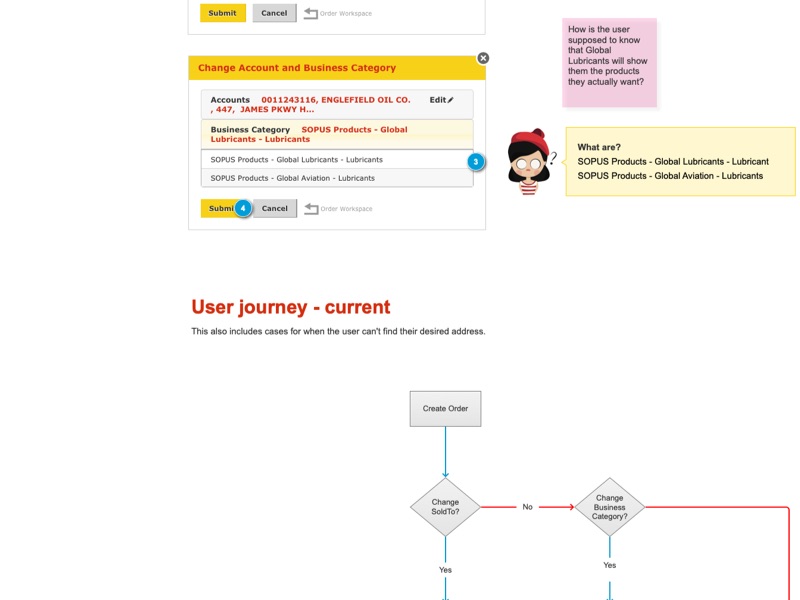
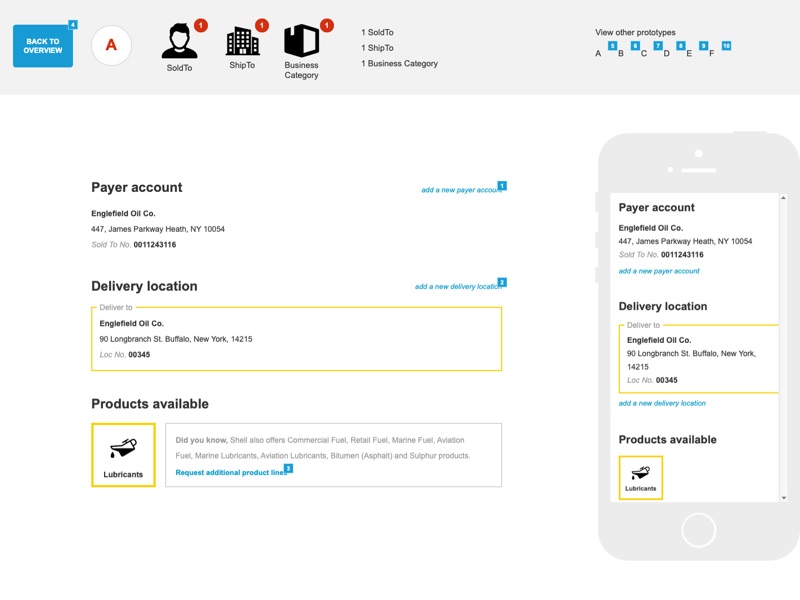
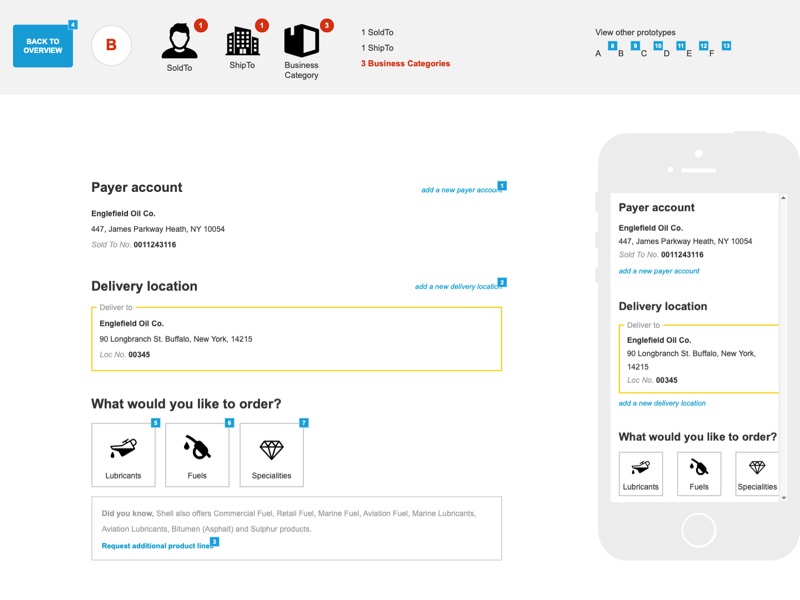
Upon successful delivery of this presentation, I was given the licence to hire an additional resource to help support the transformation of the project. As most successful projects would have numerous UX, design and research resources and I was only awarded one, I had to strategically hire the right person that would help execute this transformation.
After interviewing various candidates I was lucky to find, a seasoned Lead/Senior Researcher whom I hired as the interim head of research.
Together, we worked on the various strategies to transform the business firstly we aimed to identify additional champions within the business to support our cause and secondly to help educate and transform the team.
We also worked on various projects and delivered various research and user experience projects for the team to implement. During these projects, a new problem was unearthed and that was the speed of delivery and the ability to prioritise projects within the team.
With the view that we could help the team grow given the right environment and framework we worked on a process that comprised of research, design, product prioritisation and technical delivery.
Process
Slides from
Process
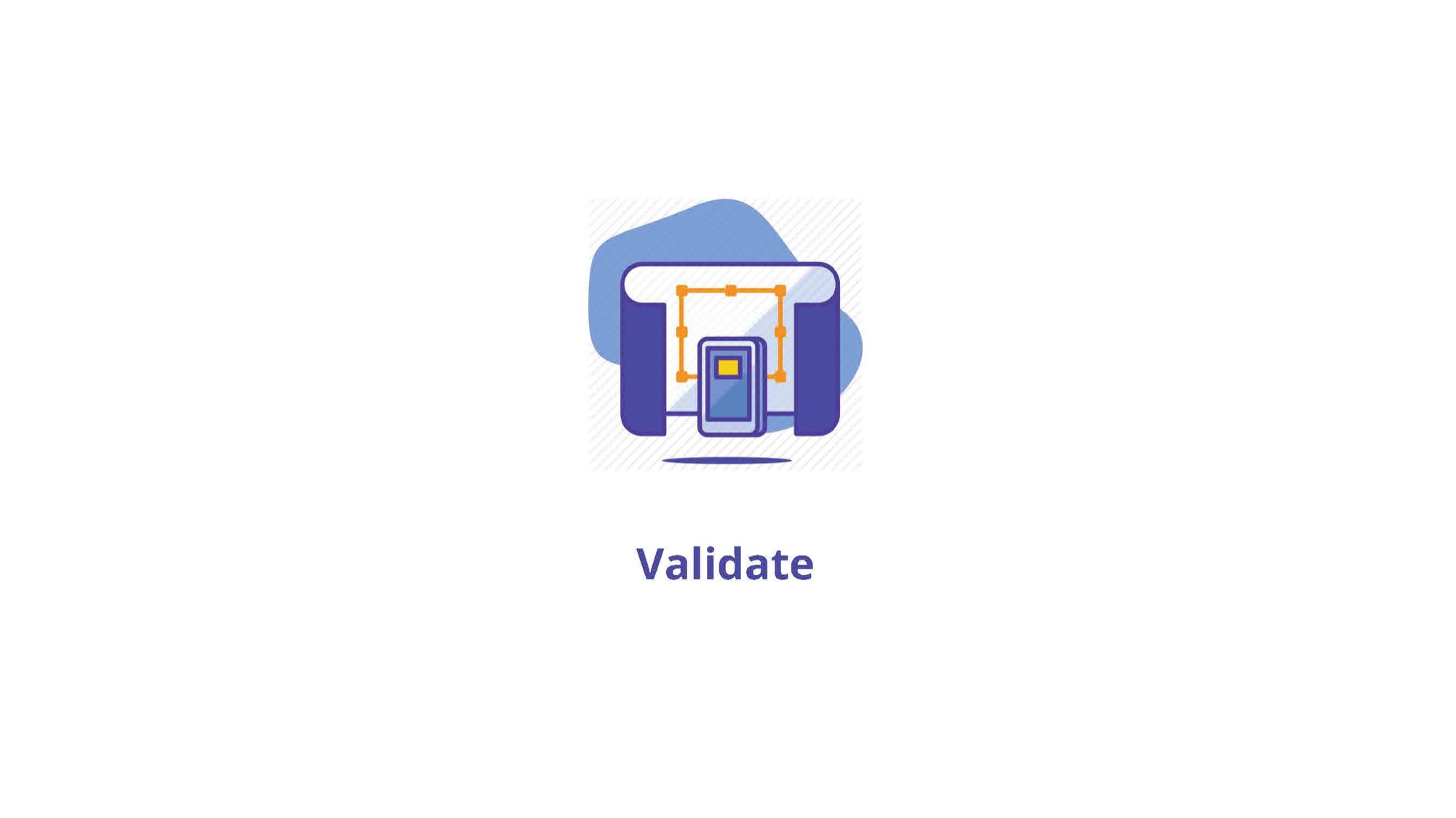
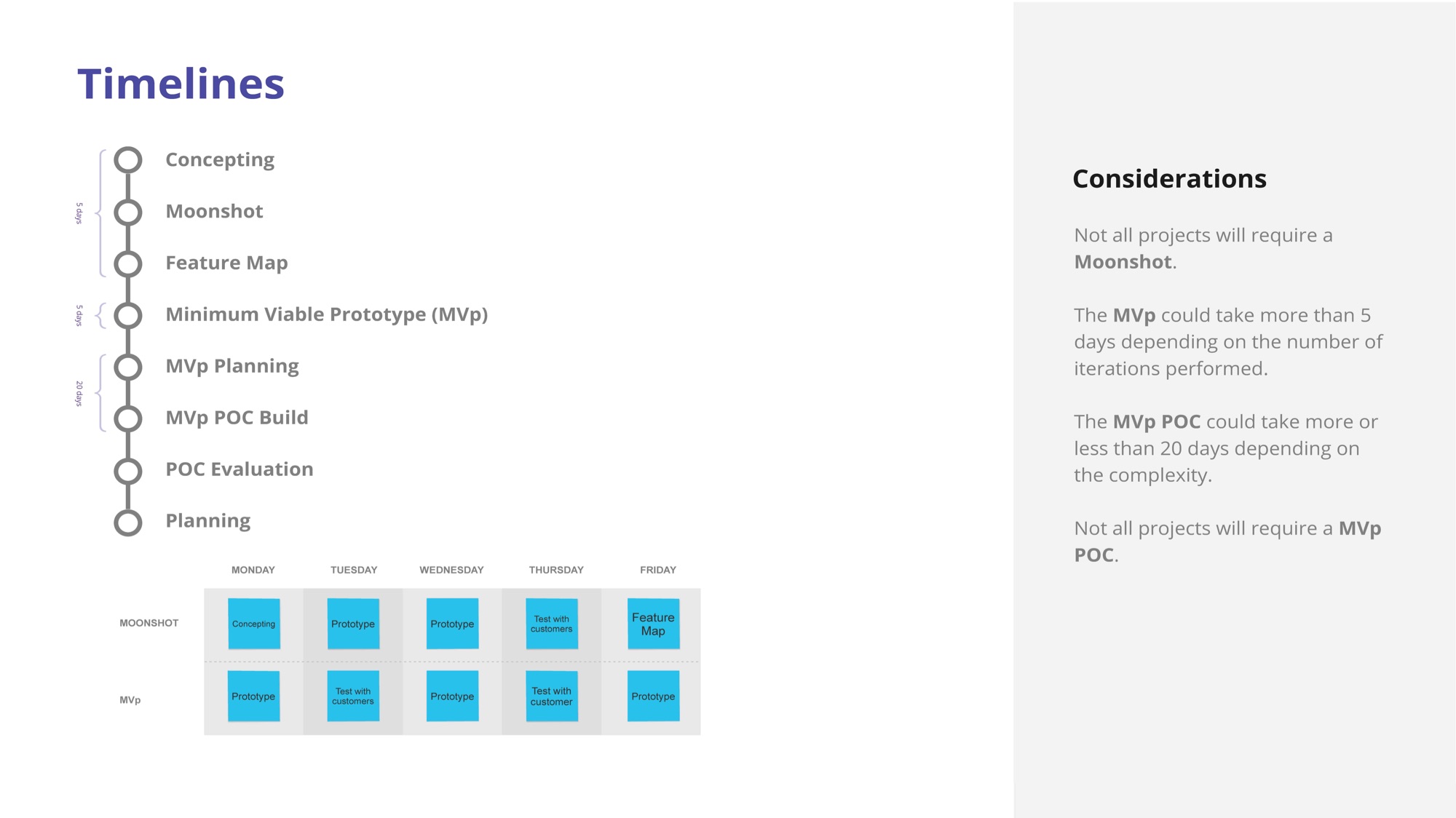
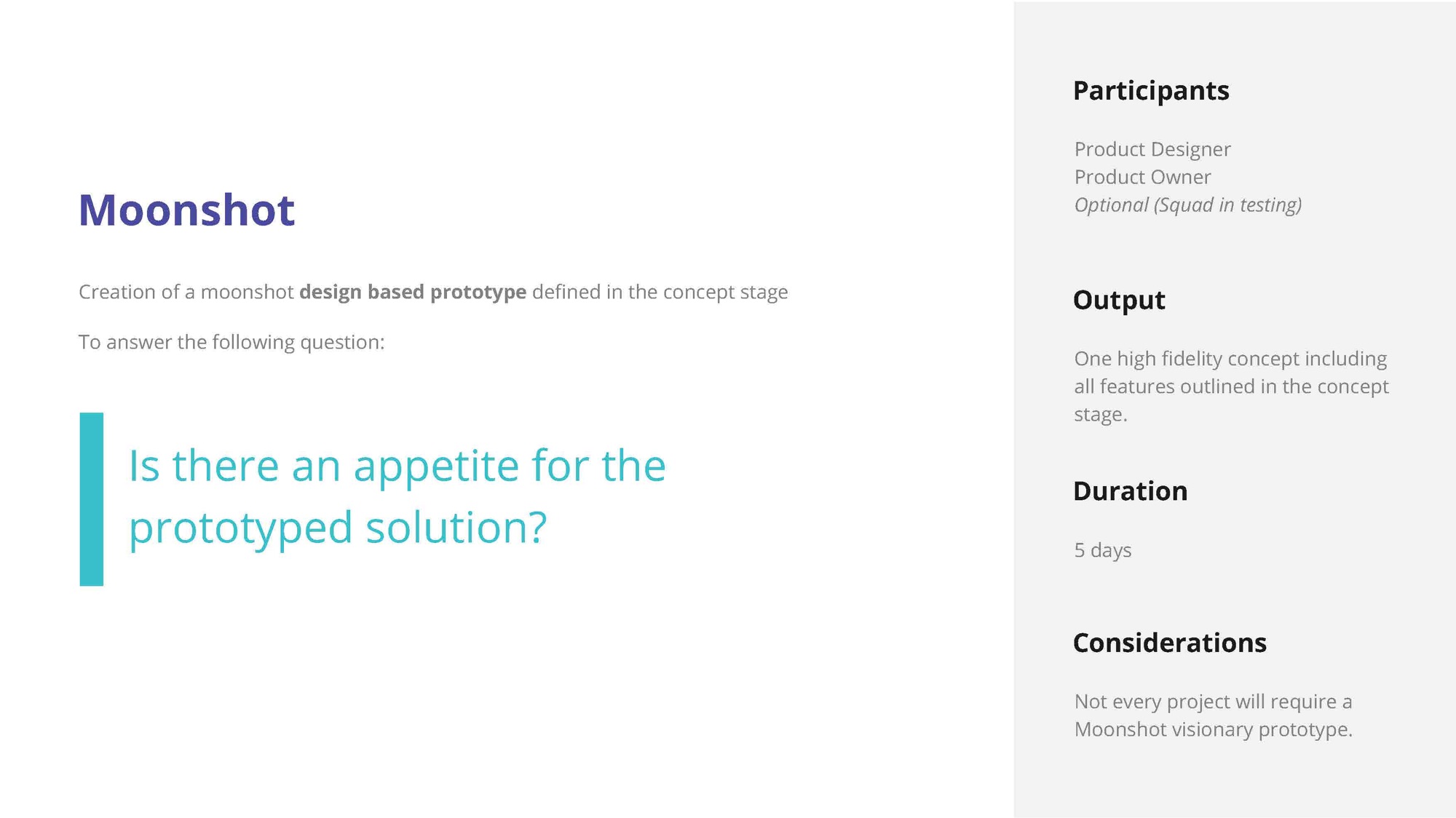
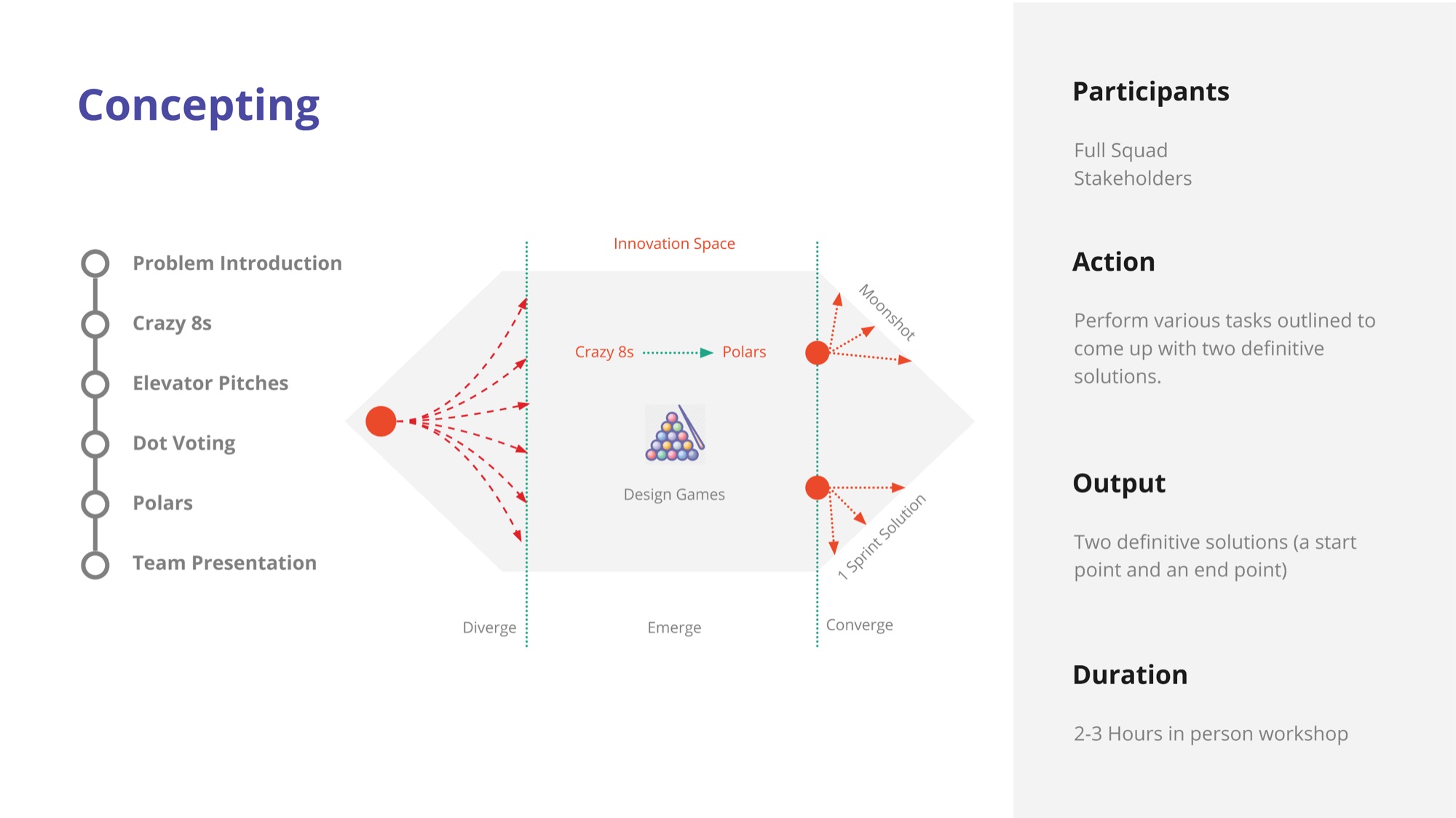
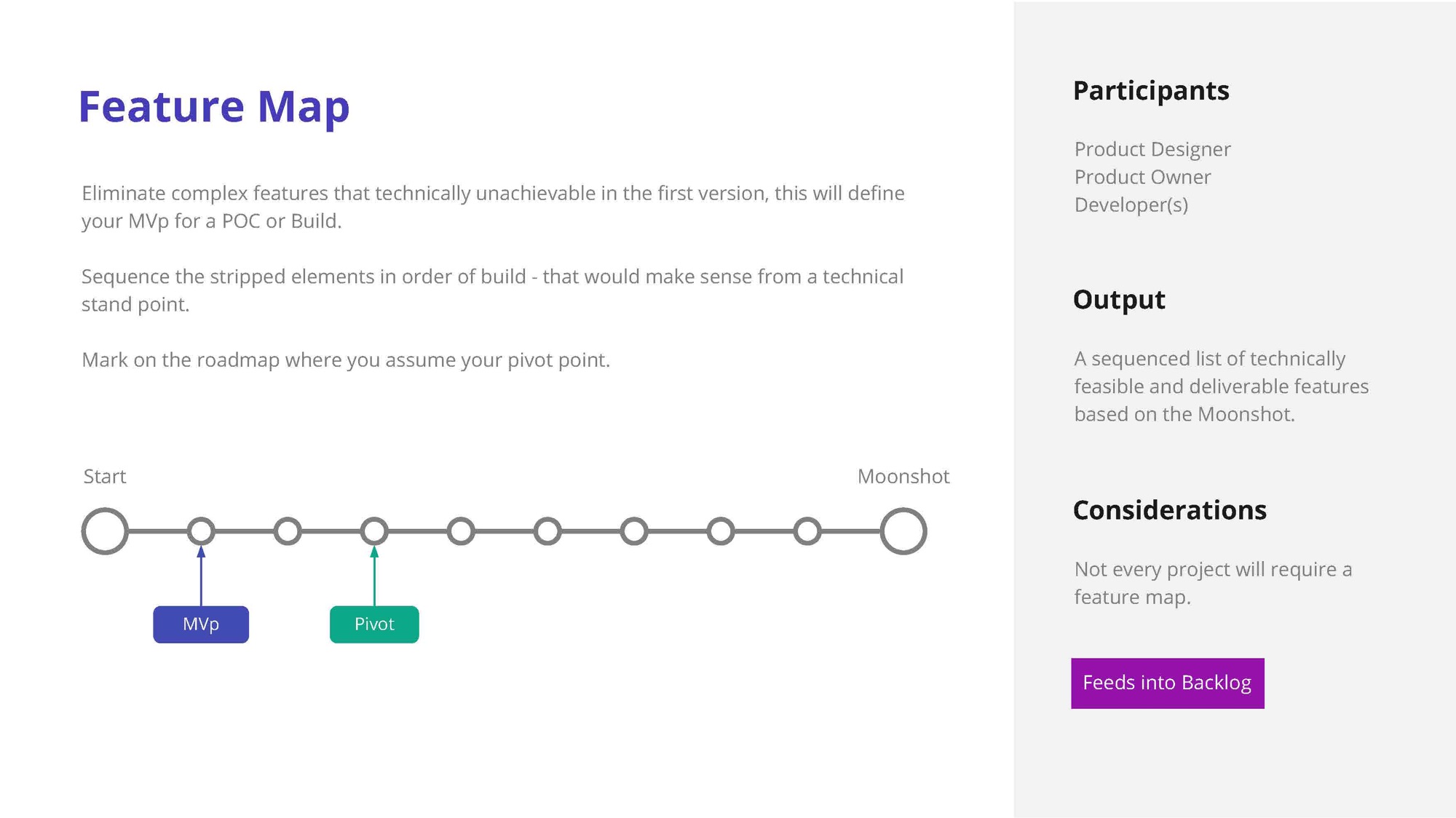
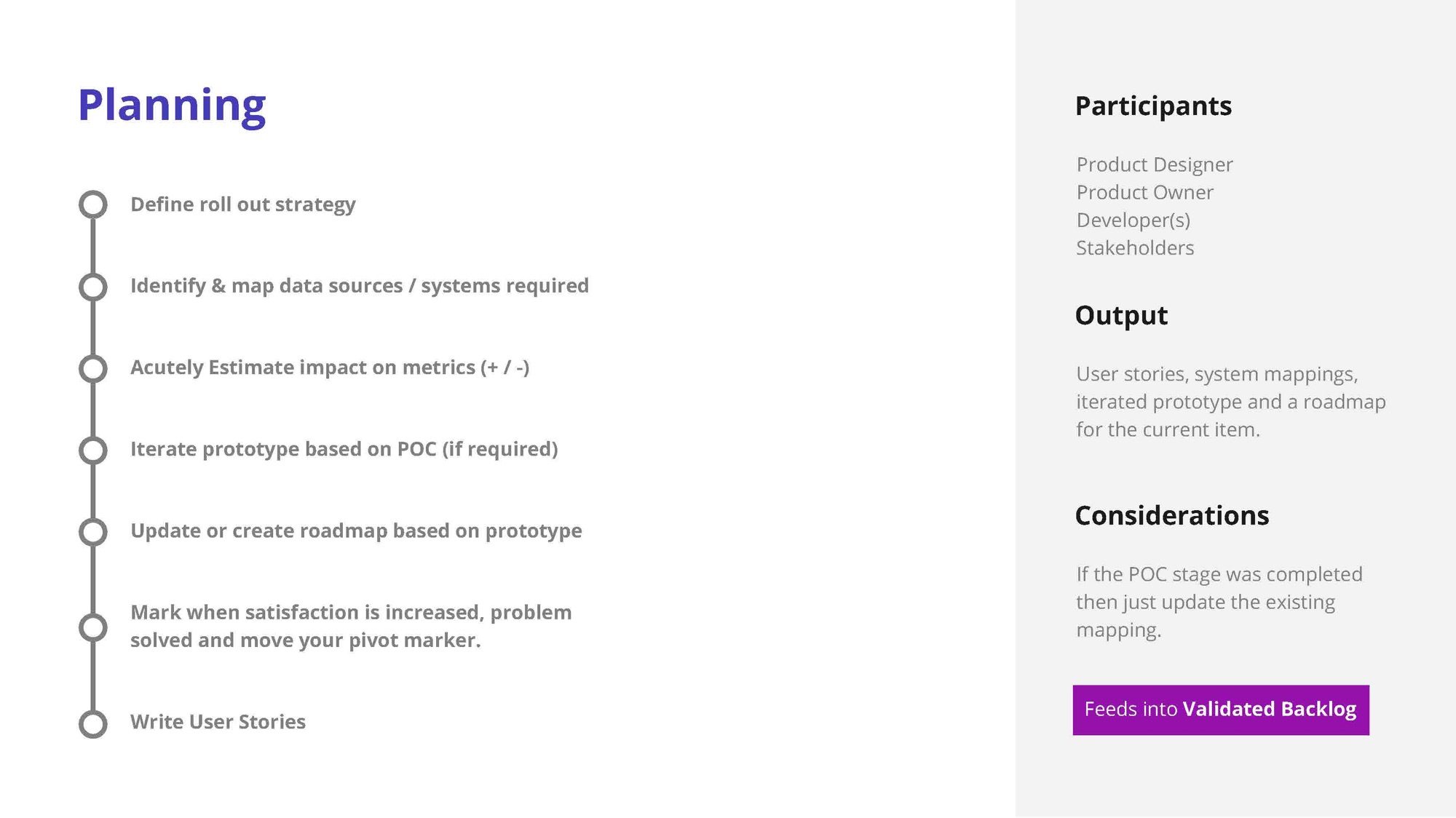
This was presented to various senior stakeholders and to the wider team, with this we hoped that the team would take the initiative to self-transform, however, to our miscalculation we saw little to no adoption to the product and technical delivery parts of the process.
With this realisation, we realised that we could infinitely keep delivering customer insight and designs but they would never get actioned, as the core delivery teams and project decision makers were too entwined in historic working practices.
We pitched for additional resources to help with this part of the transformation and managed to get the additional budget to hire, it was decided to hire a product person which would fulfil the third part of our process “Product and Product Prioritisation”. After numerous interviews we managed to find the ideal person to help execute this plan, Zac Best, Senior/Lead product owner, we hired Zac as the interim head of product for the project.
With Zac hired, we started to execute the transformation of the team, firstly we worked various strategies to transform the team and change the operating model, from a single flat investment fee to various cross-functional agile product teams that were funded by the numerous verticals in Shell (Marine, Aviation, Fleet, Mining, Specialities, Fuels, Retail, Distributors).
To execute this plan we found a champion in the business that was hungry for change and wanted to power their represented vertical by technology.
With numerous conversations, we managed to create our first cross-functional product team without technical delivery resources.
The first product team consisted of:
We ran various sprints with the ambition to deliver the following:
Workshop
Slides from
Workshop
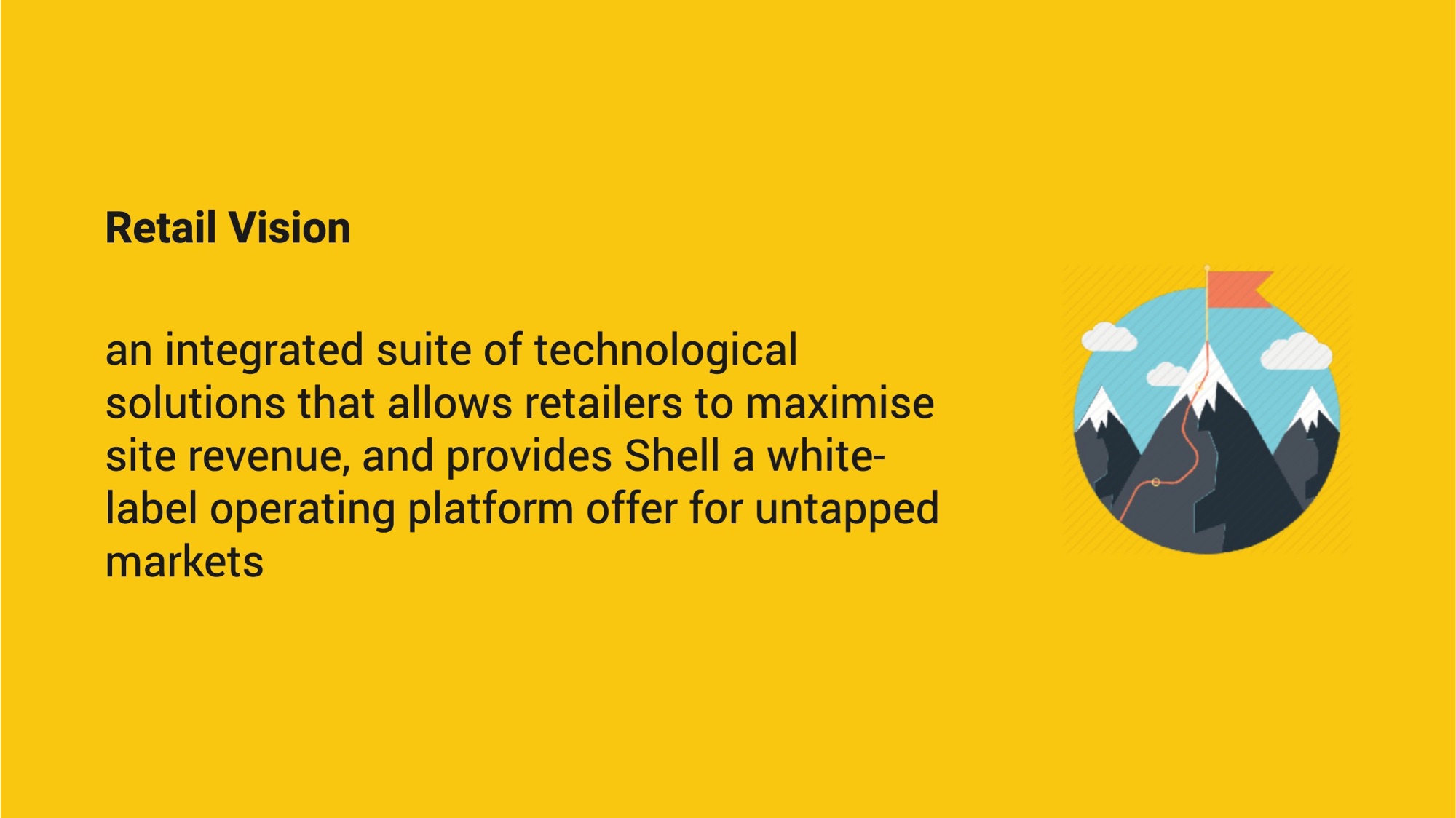
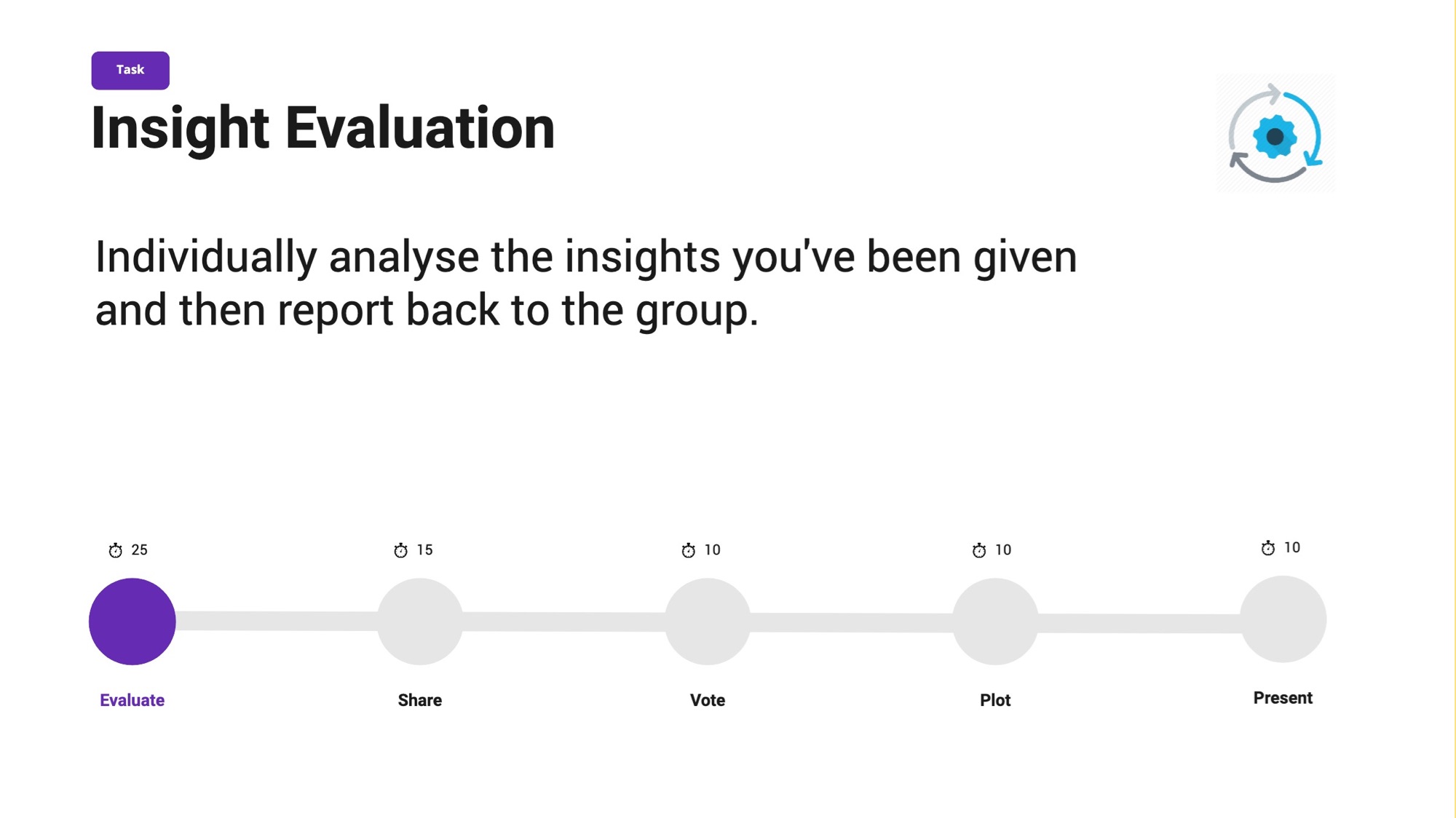
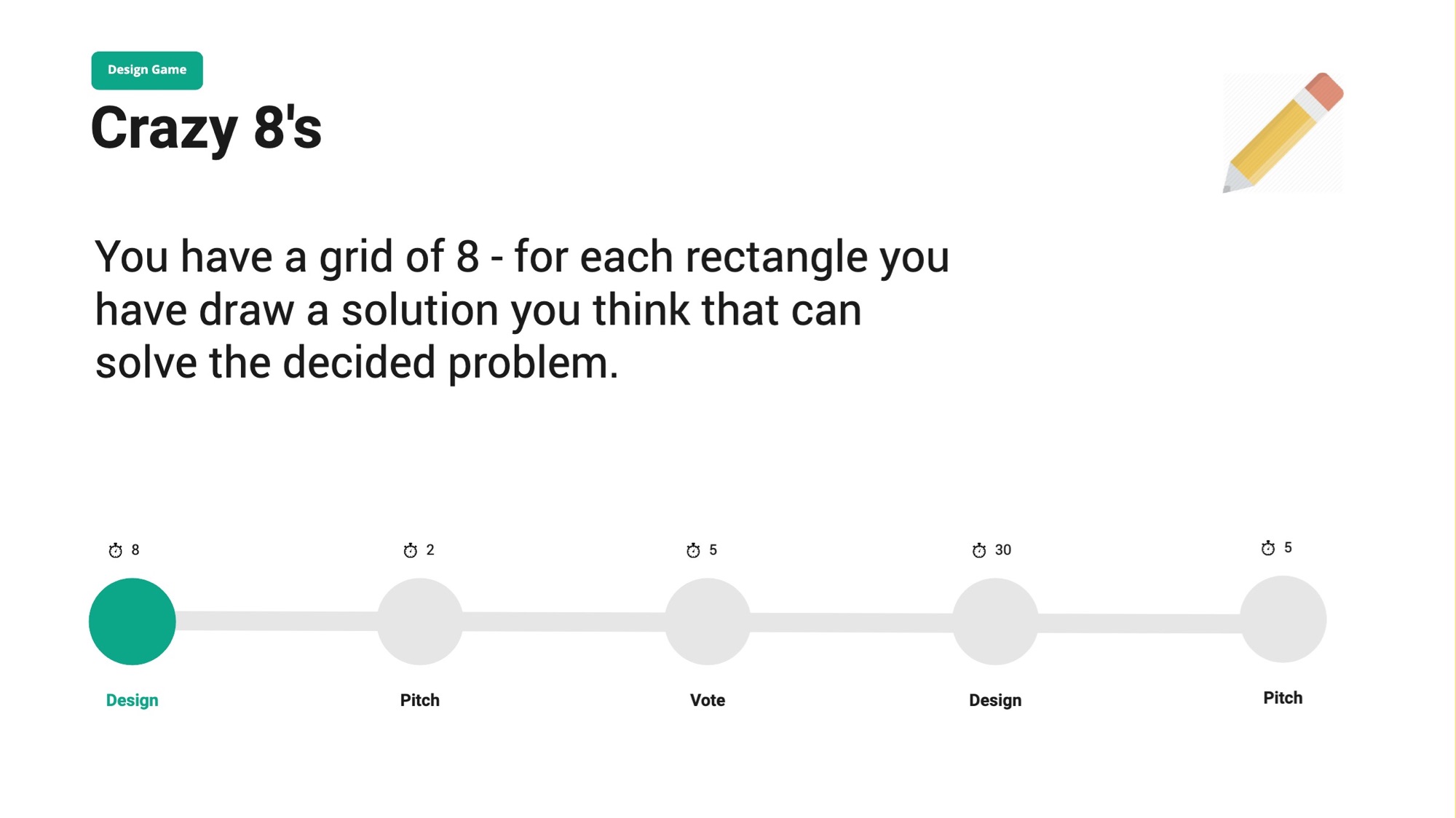
Workshop
Images from
Workshop
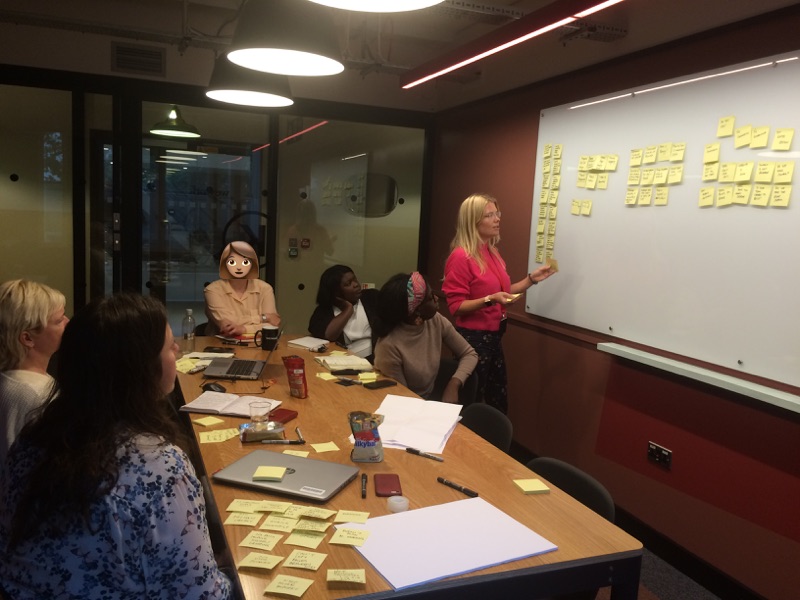
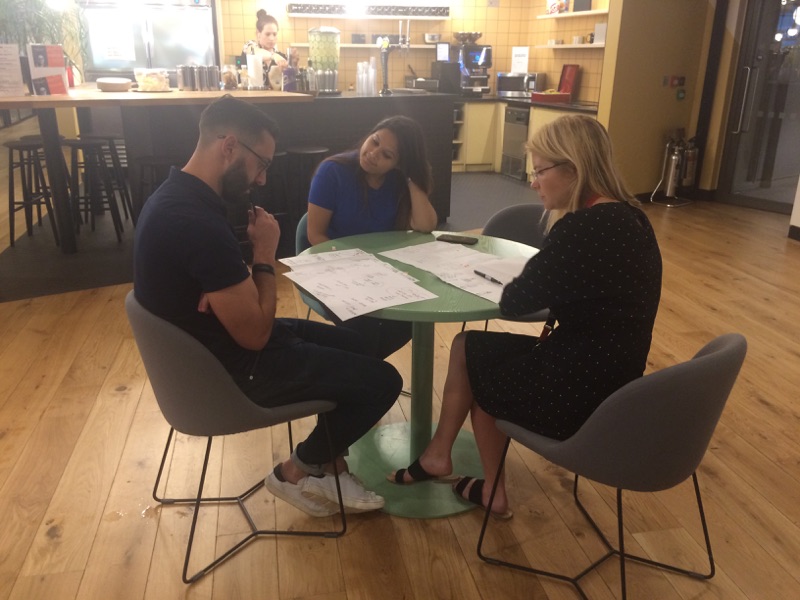
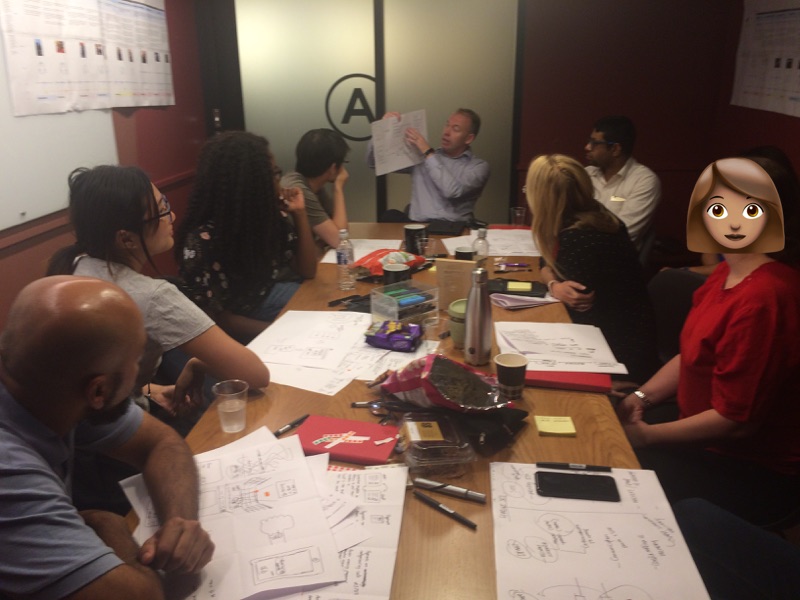
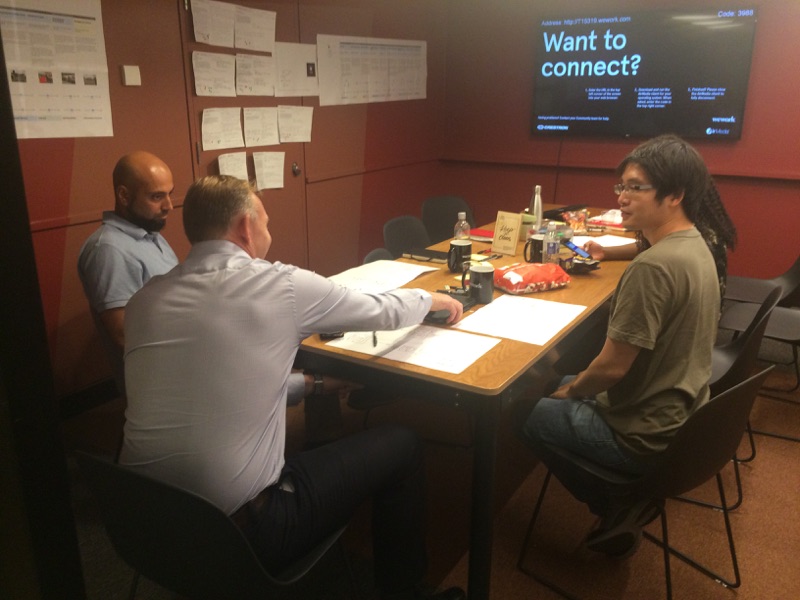
Designs
Validated
Concepts
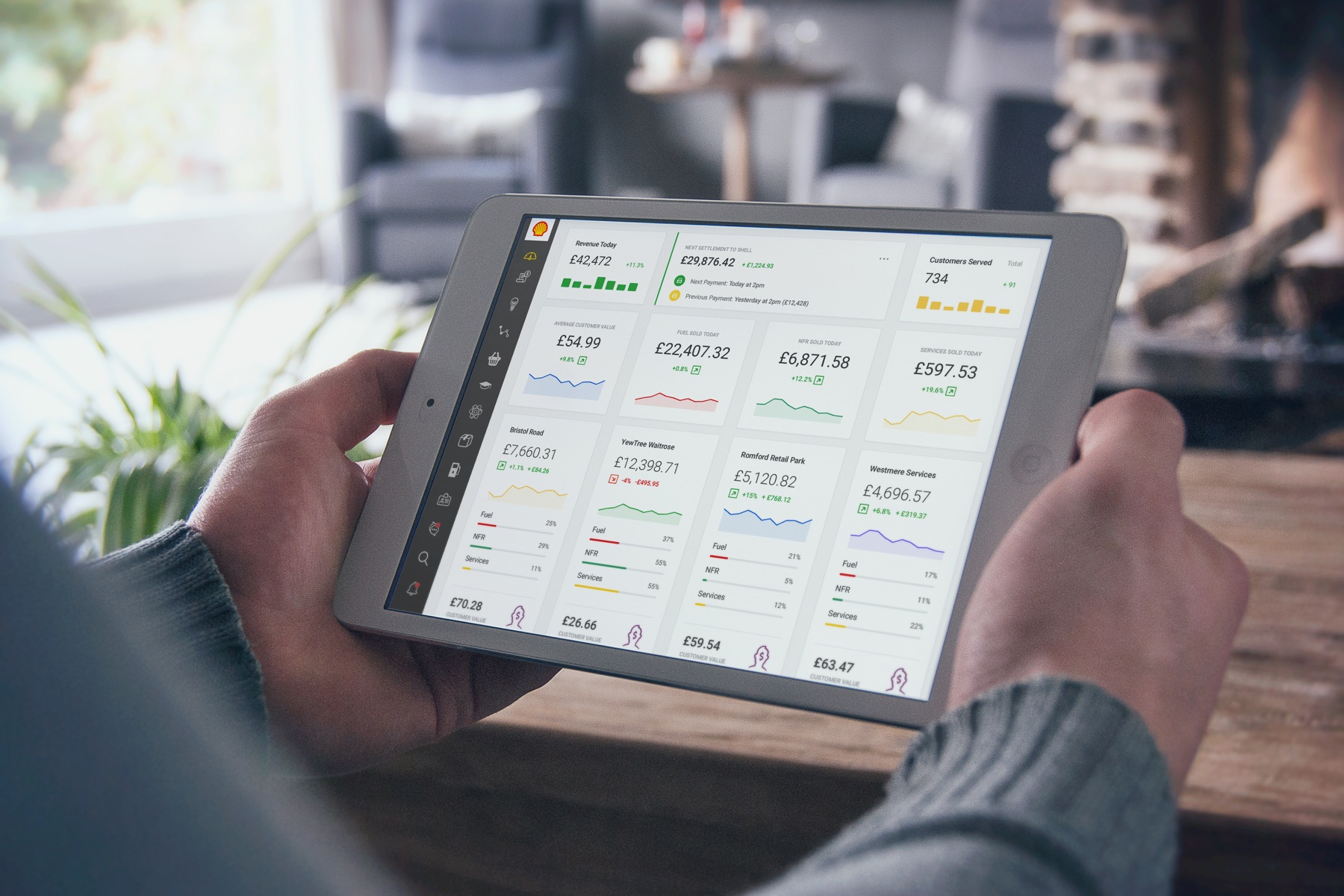
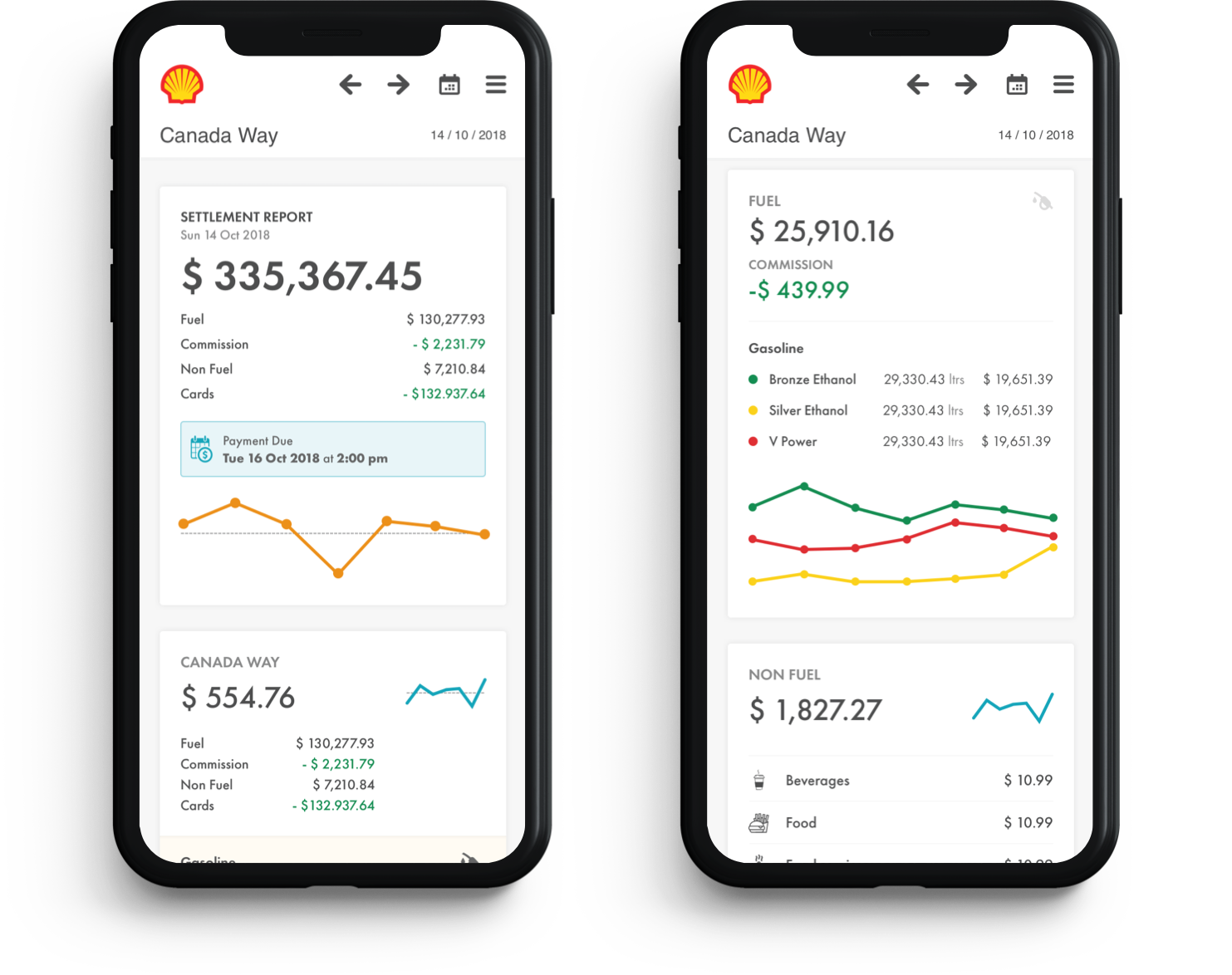

After 6 weeks of running this product team, we delivered on the above and created excitement within the wider organisation about what we had delivered.
The excited peaked when the Director of Downstream John Abbott came to specifically see what we had achieved in our cross-functional product team.
We finally gained the momentum we required to start fully transforming the team, with the success of the first retail product team we required the funds to build out a full delivery team to build out what we outlined in the first 6 weeks.
The leadership function provided their blessing and allowed us to hire resources to replace the retail team whilst we focused on a new vertical - Franchise Workshops. In which we performed research to identify problems and opportunities, design workshops to solve those problems and user testing to ensure we solved those insights.
After the 6-week sprint cycle, we managed to deliver again to the business raising awareness of the greatness that was happening in the project.
Workshop
Images from
Workshop
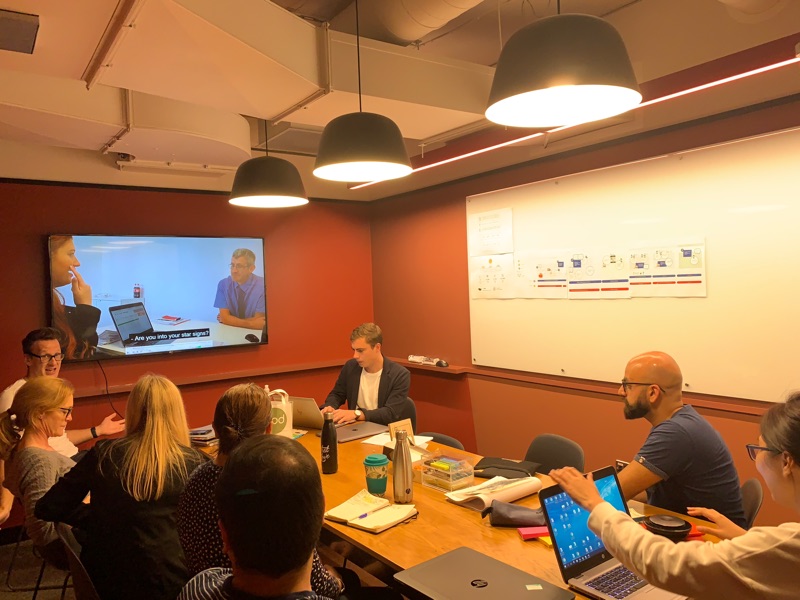
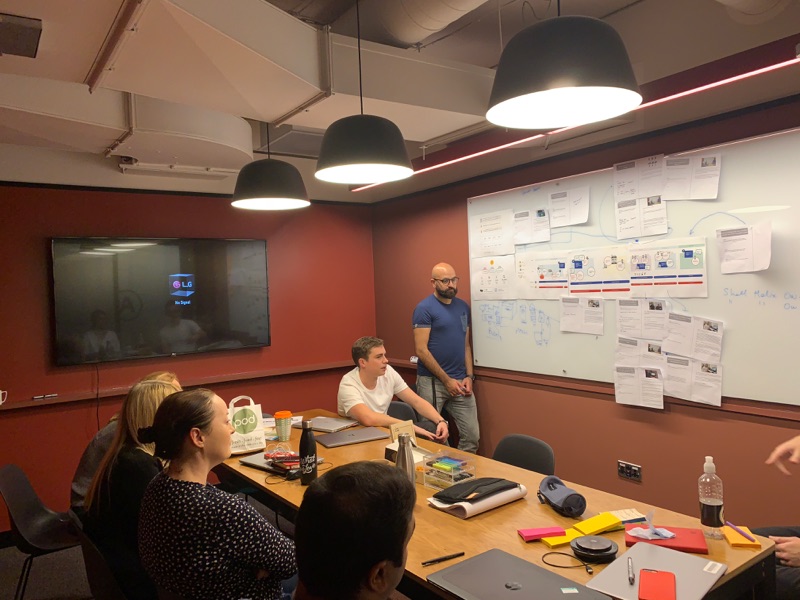
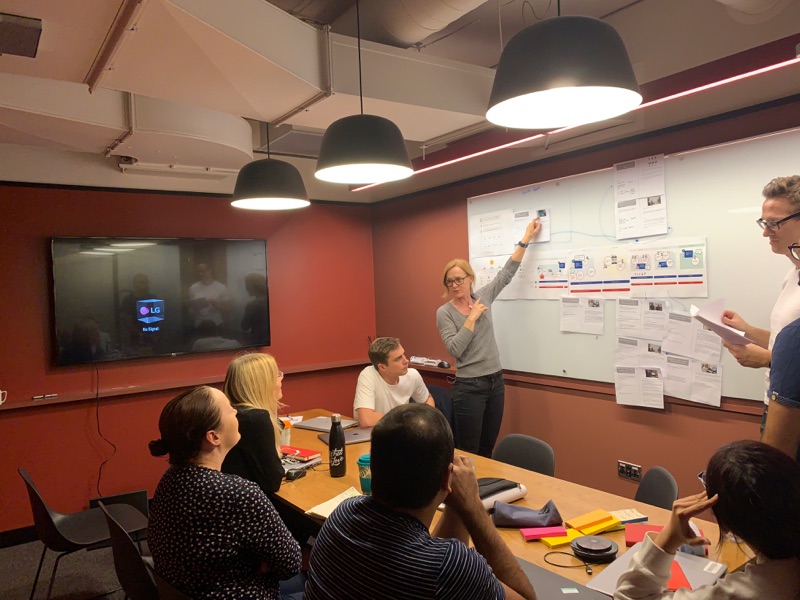
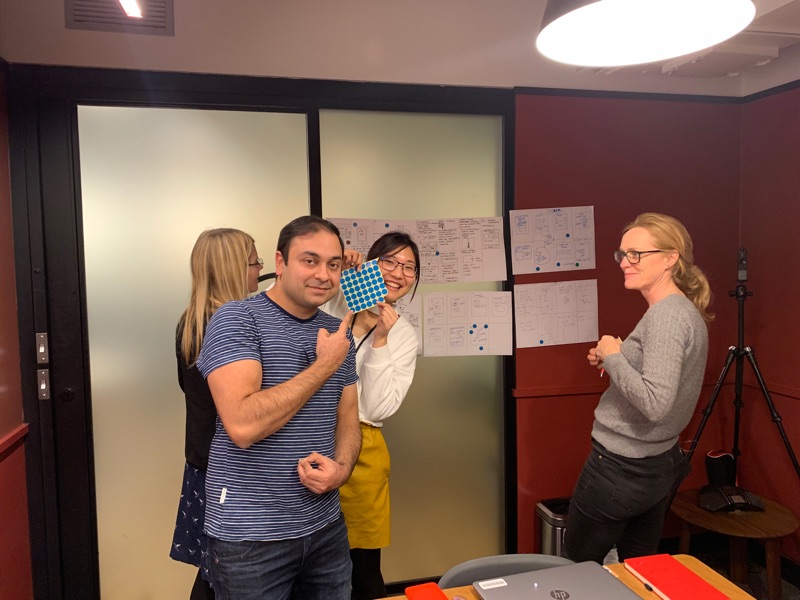
Demo
Validated Concept
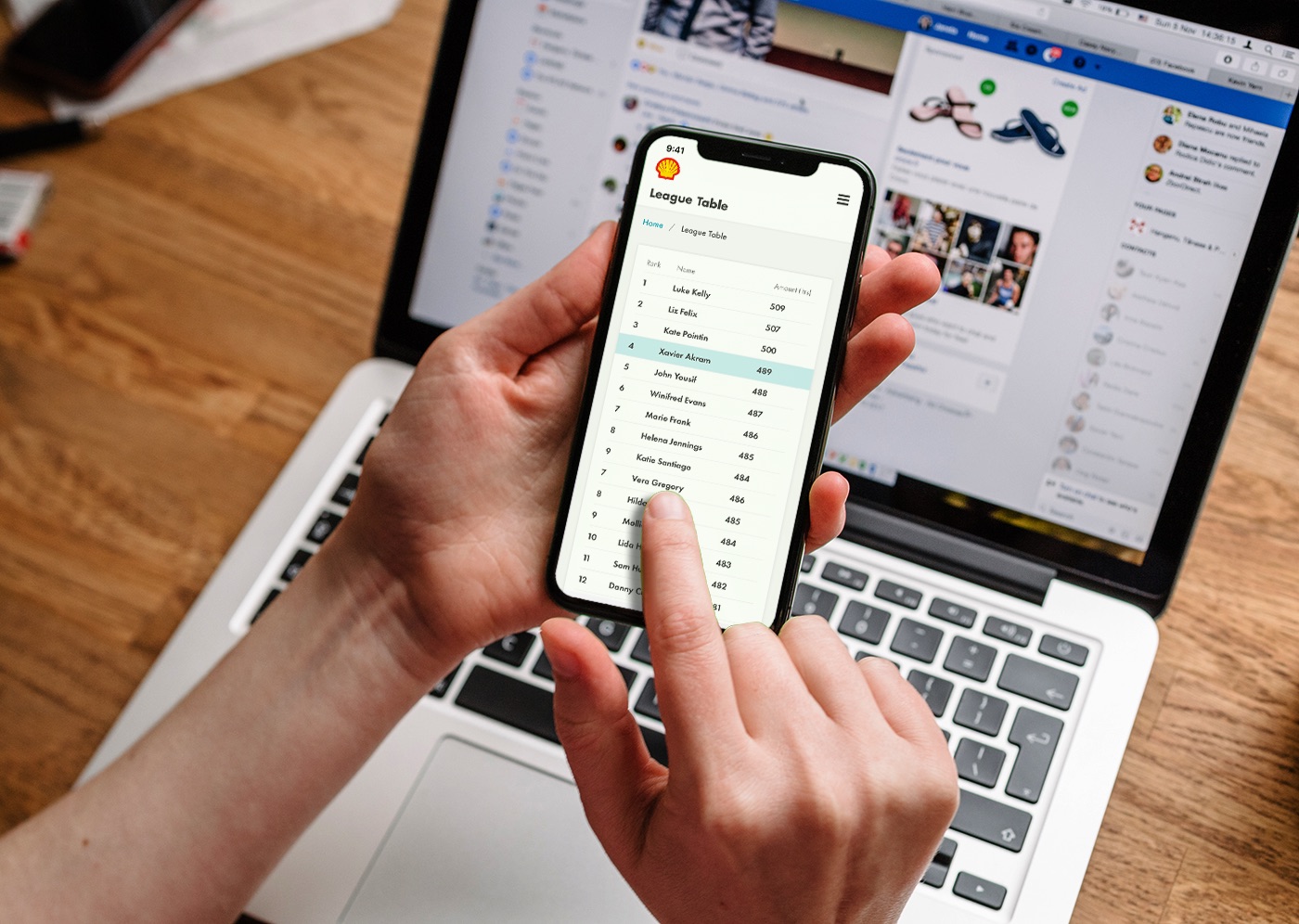
After gaining momentum, as a product team, we were invited to Shell Product Conference 2018 to present our findings and the transformational work we had completed.
To further the product strategy we collaborated with various Shell funded ventures (internal and
external) to create technological (APIs) services to generate new revenue streams
for our existing projects.
I was involved in a project to simplify the ordering process using new technologies and enhanced user experiences.
This project provided the opportunity to deliver the following:
React.jsWireframes
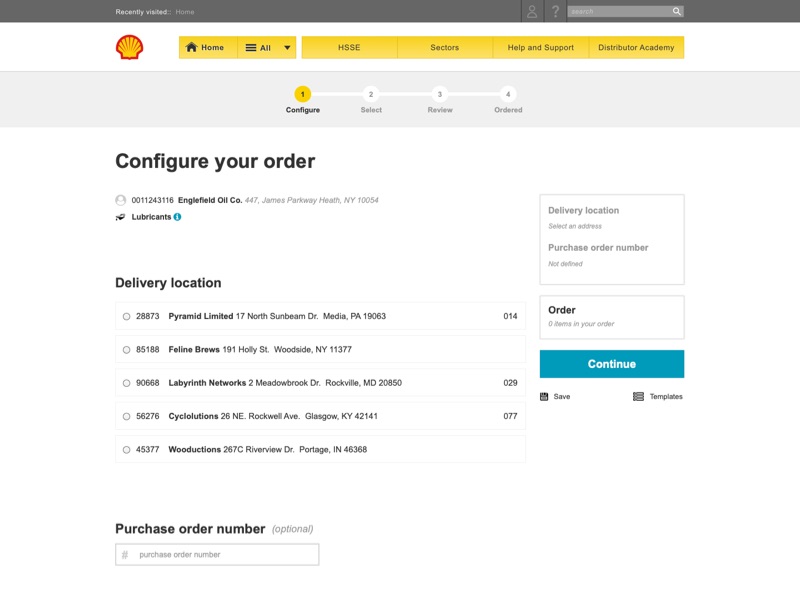
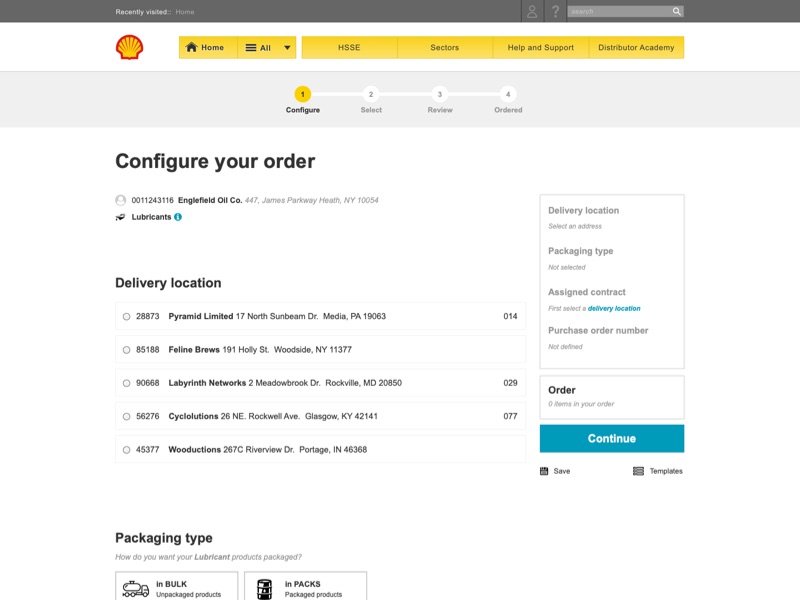
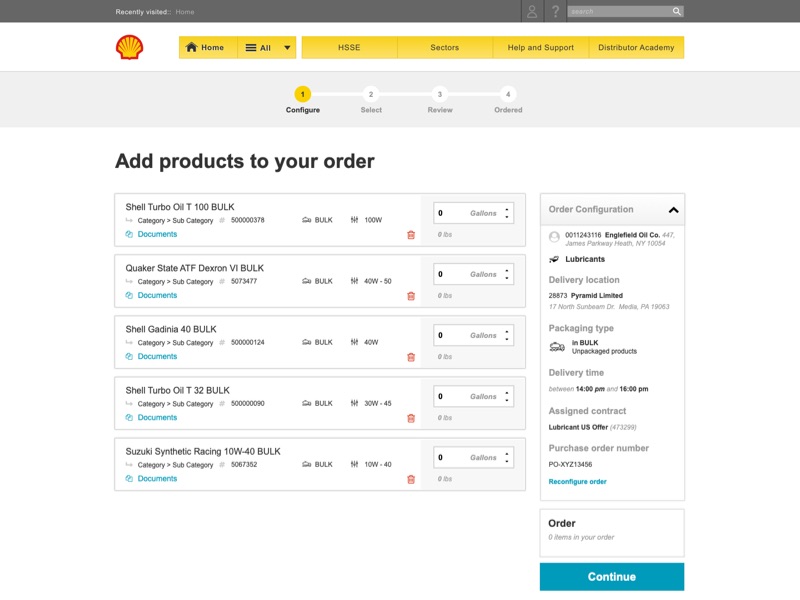
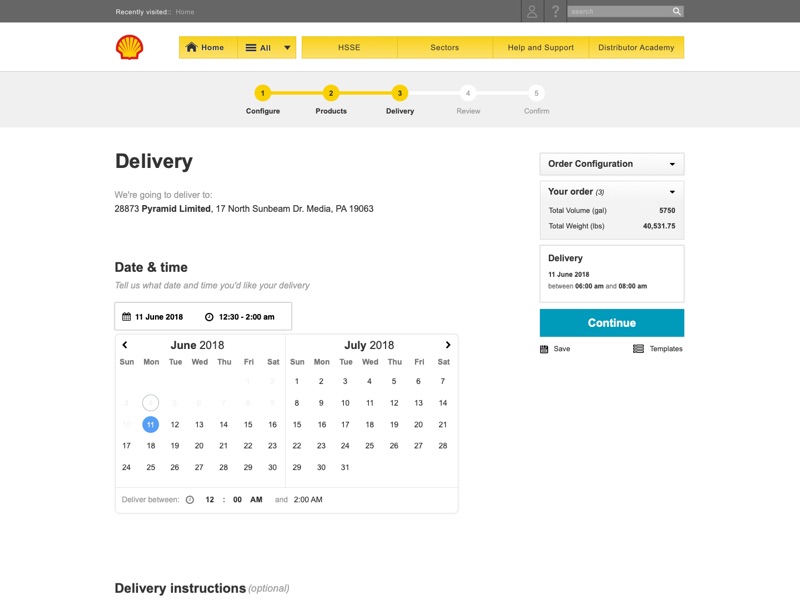
Module Specifications
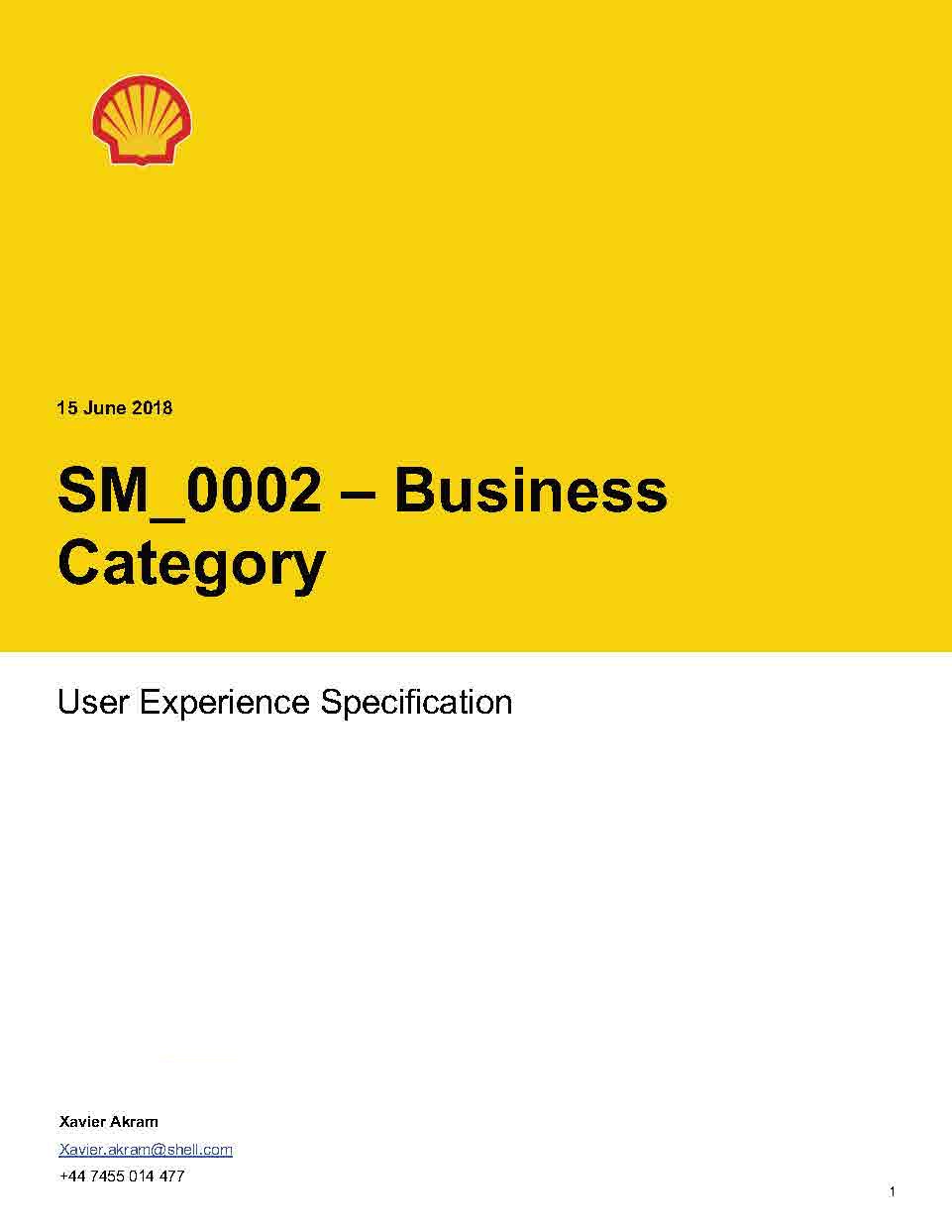
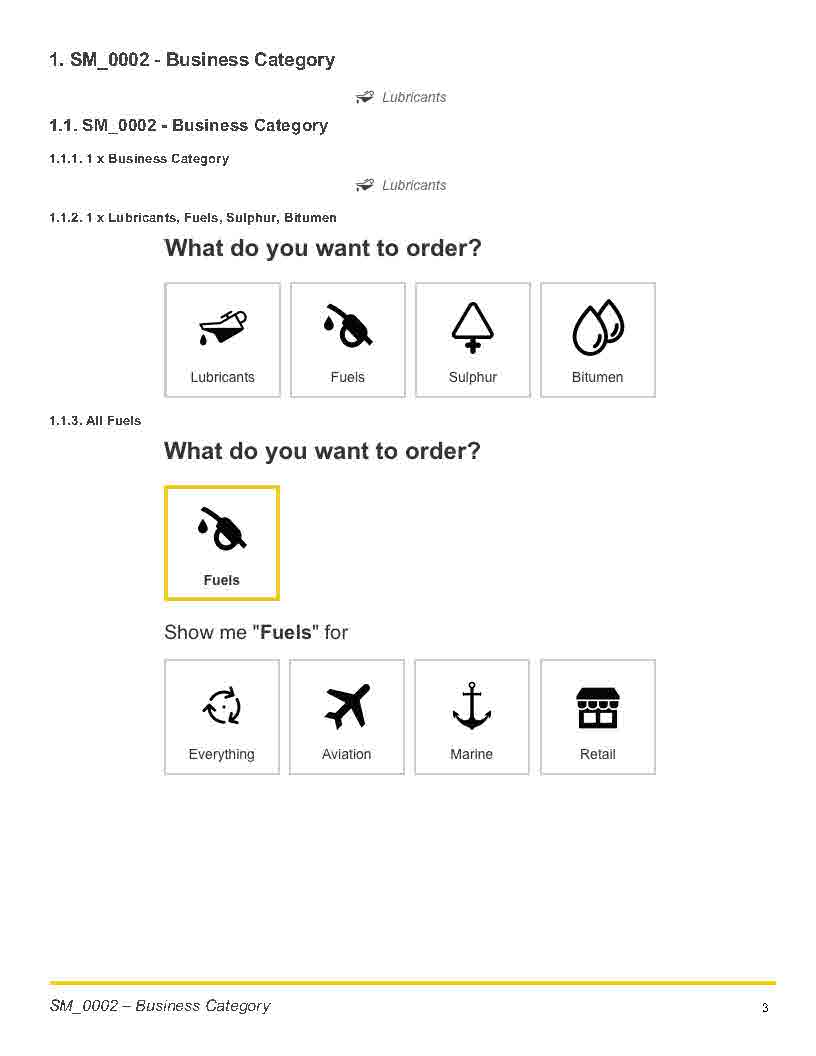
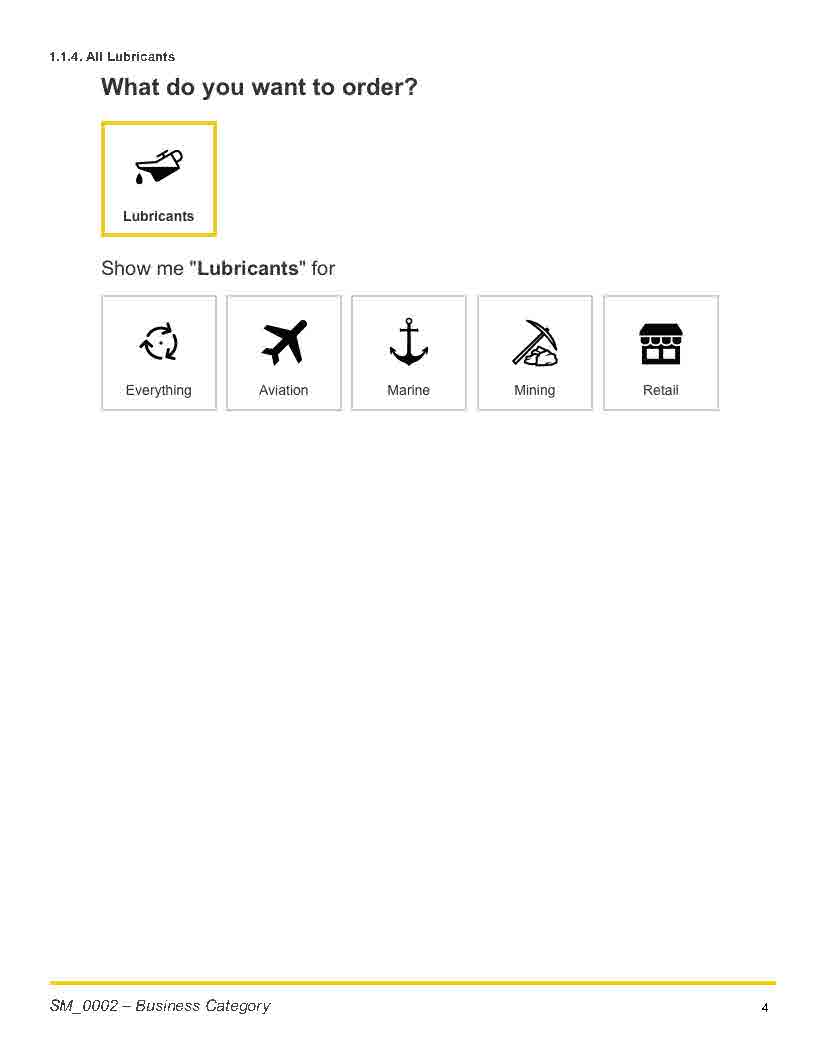
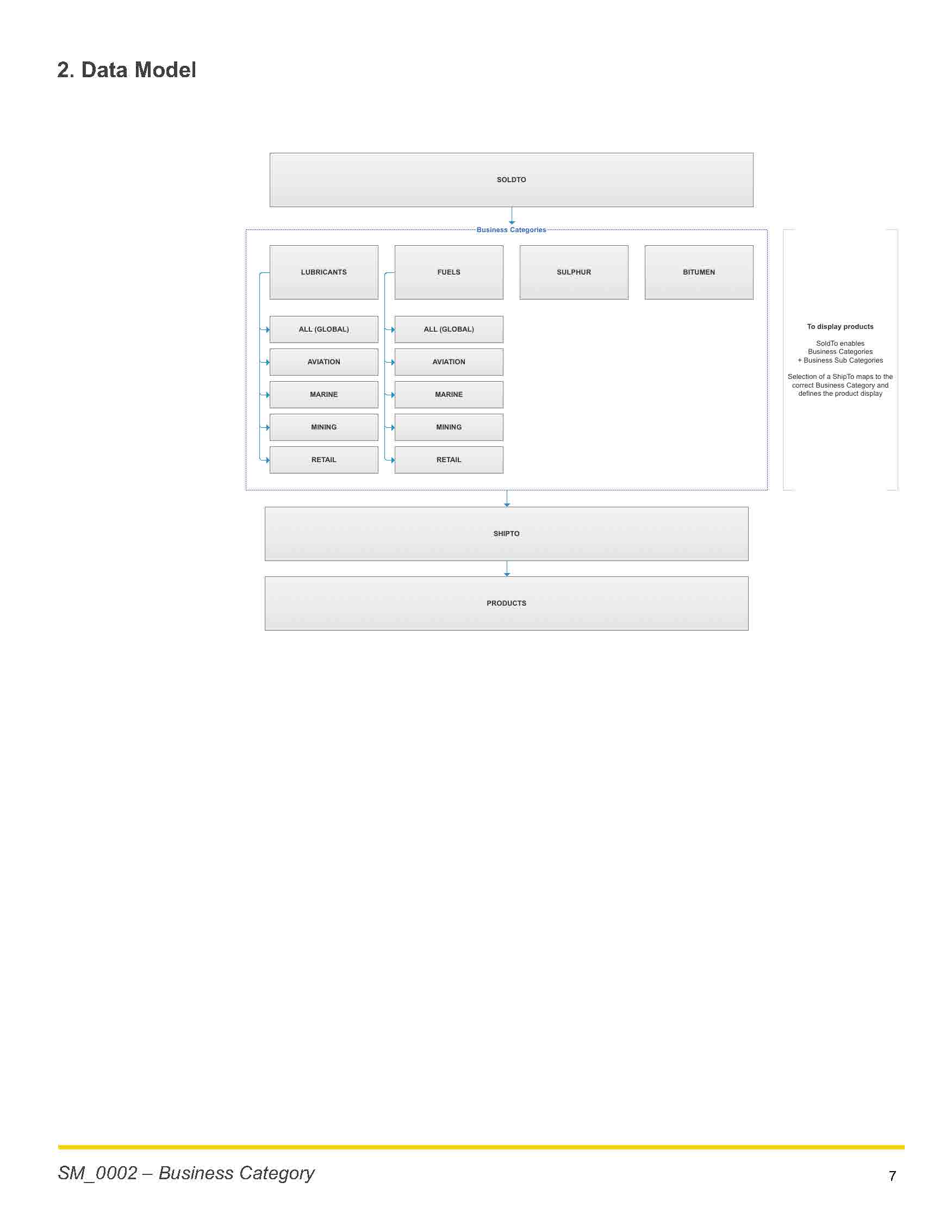
Designs
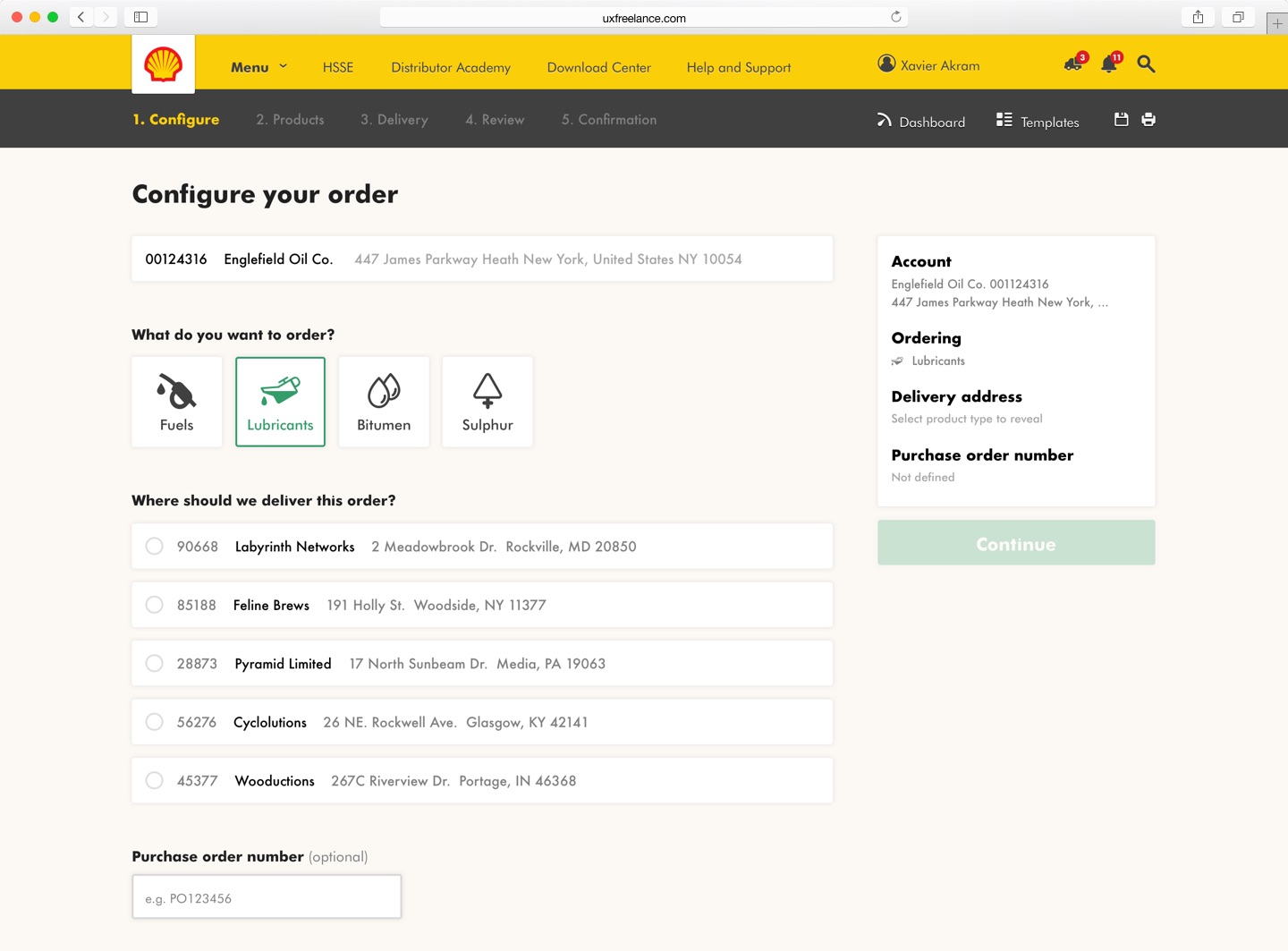
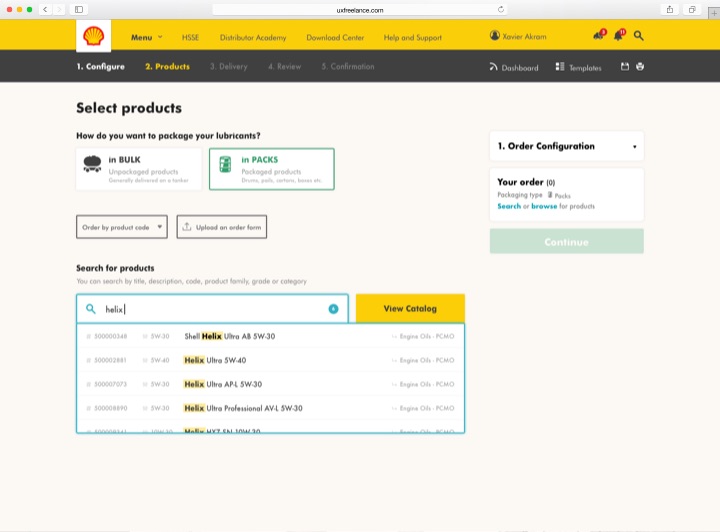
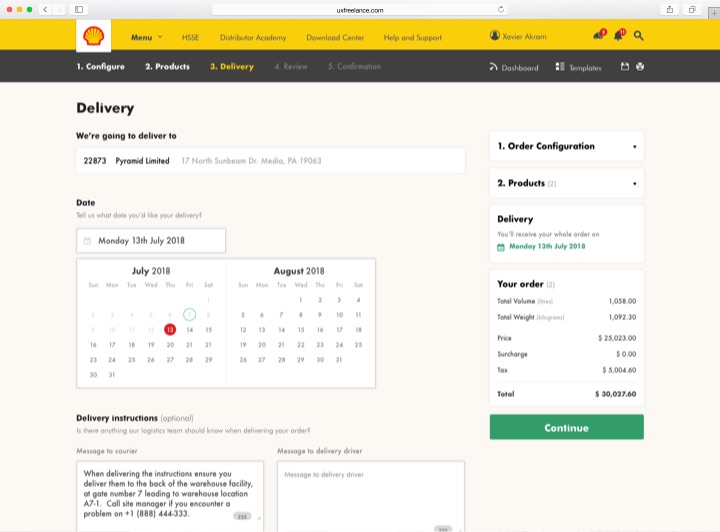
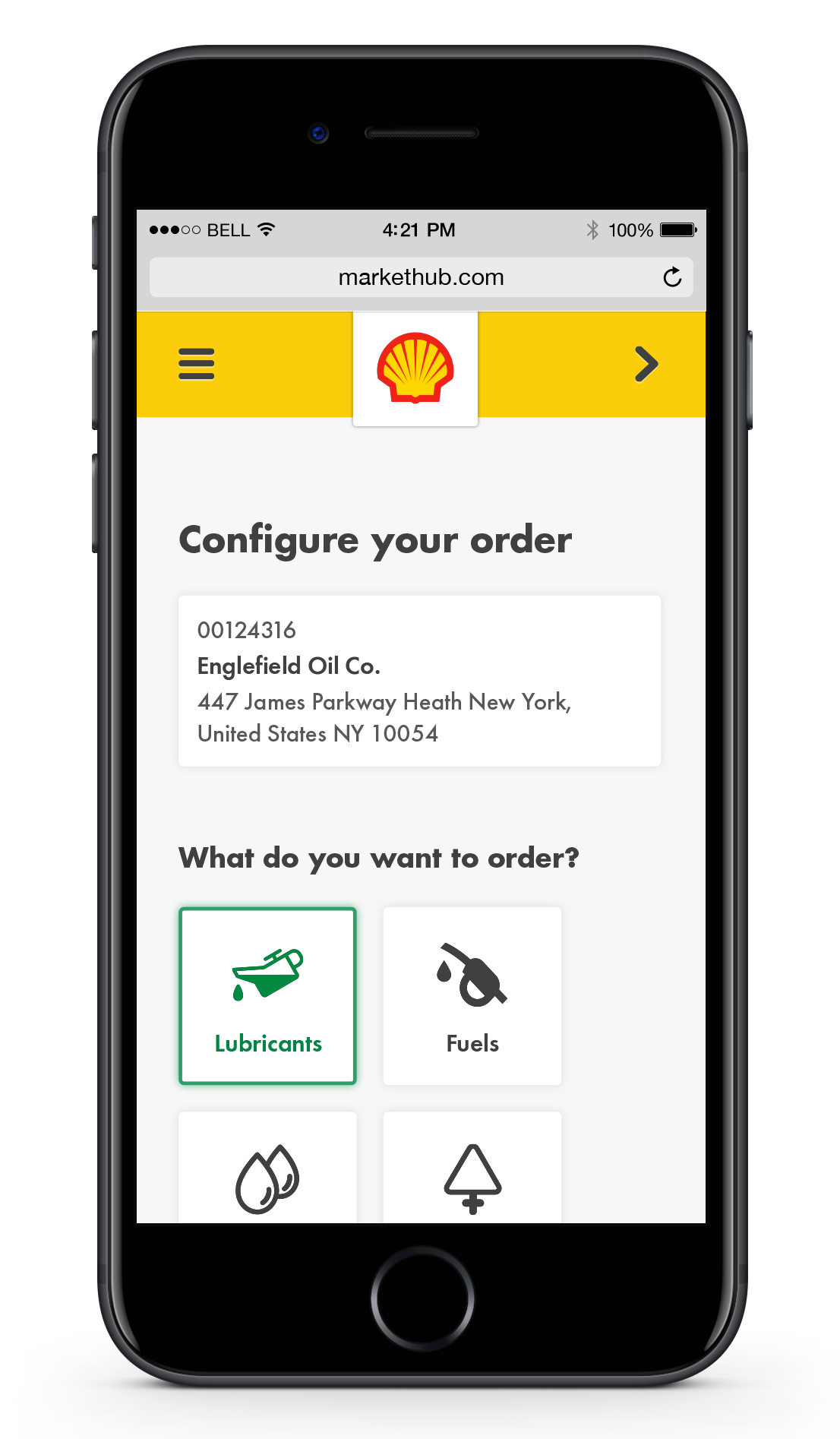
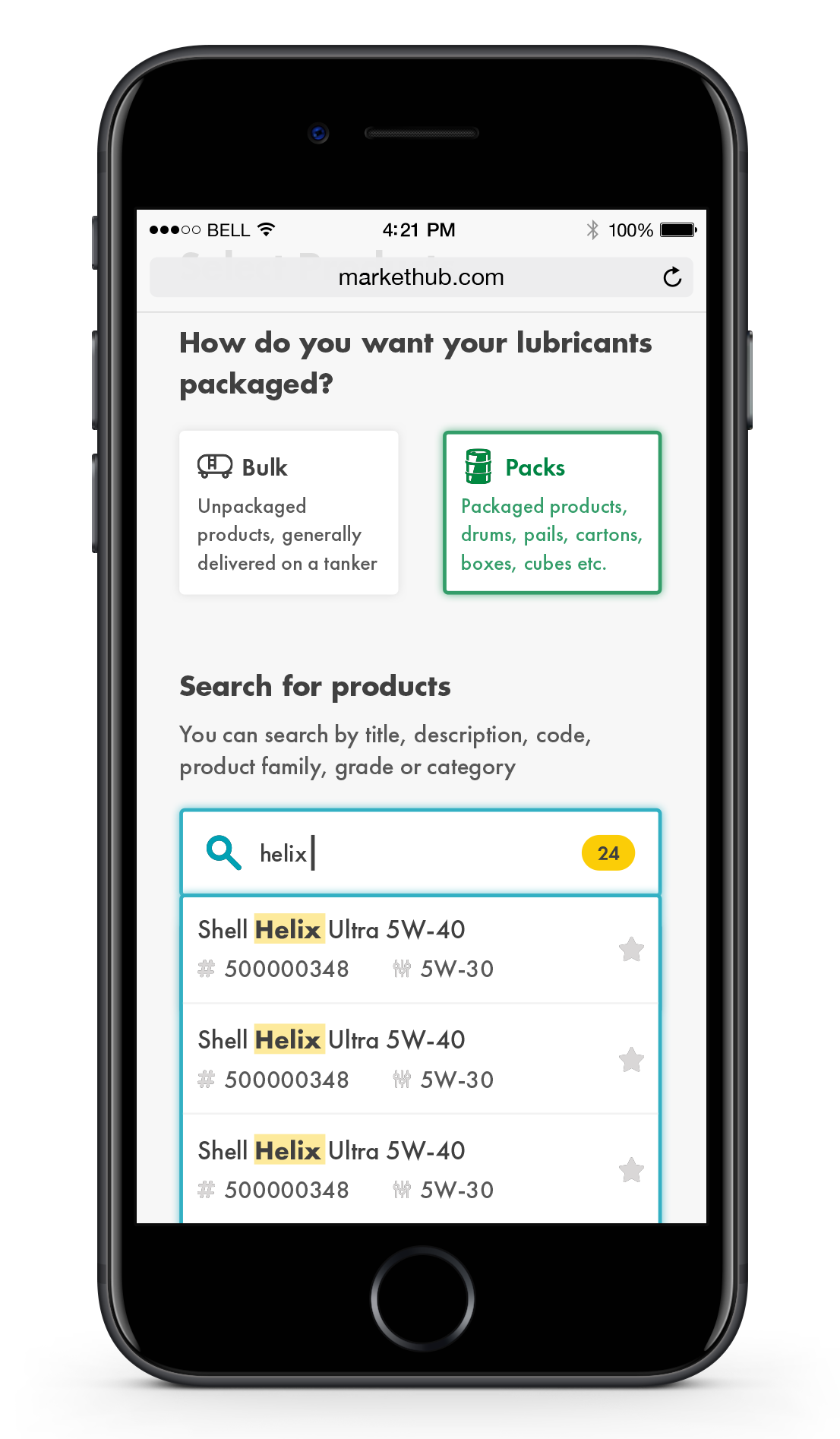
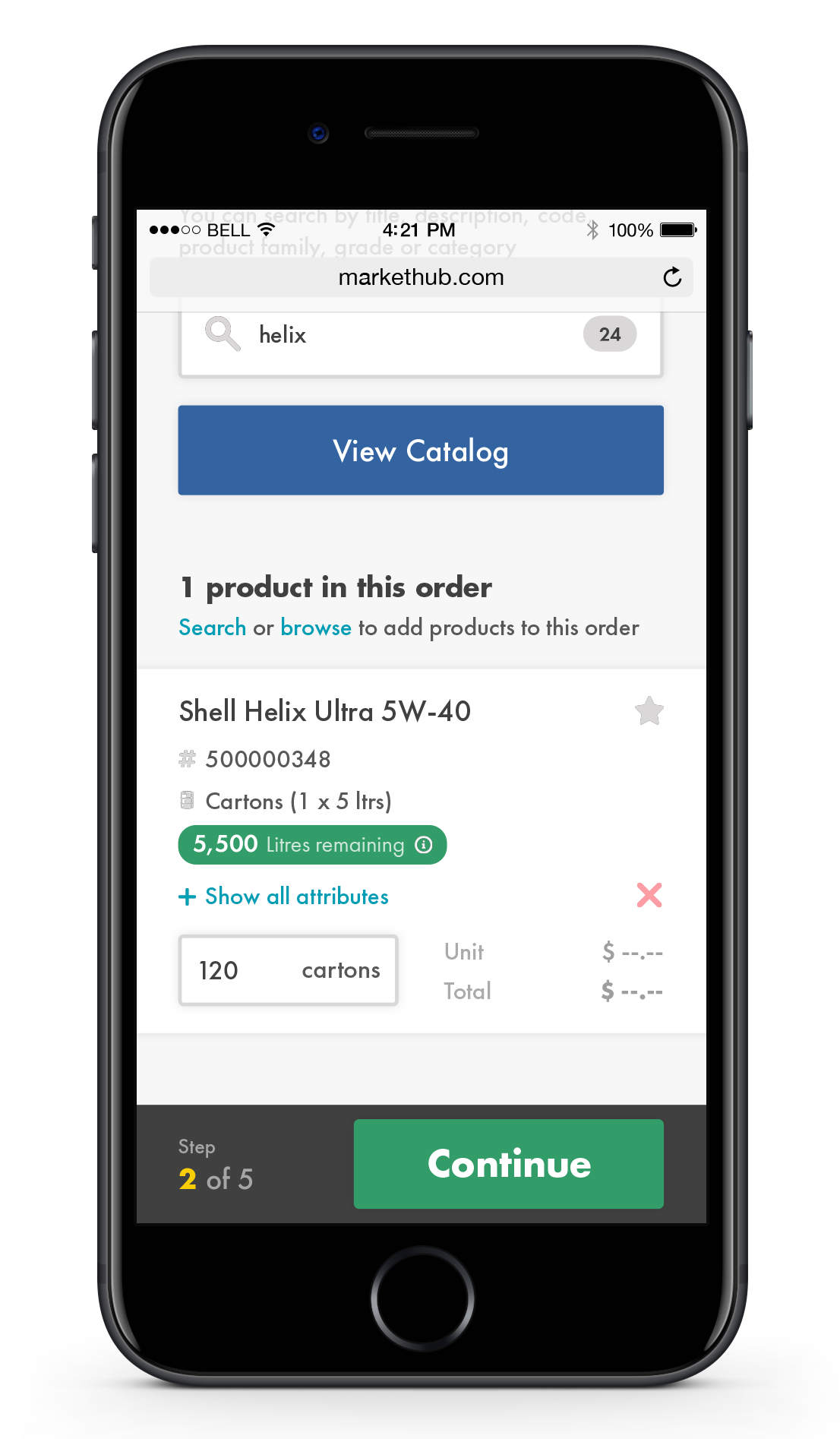
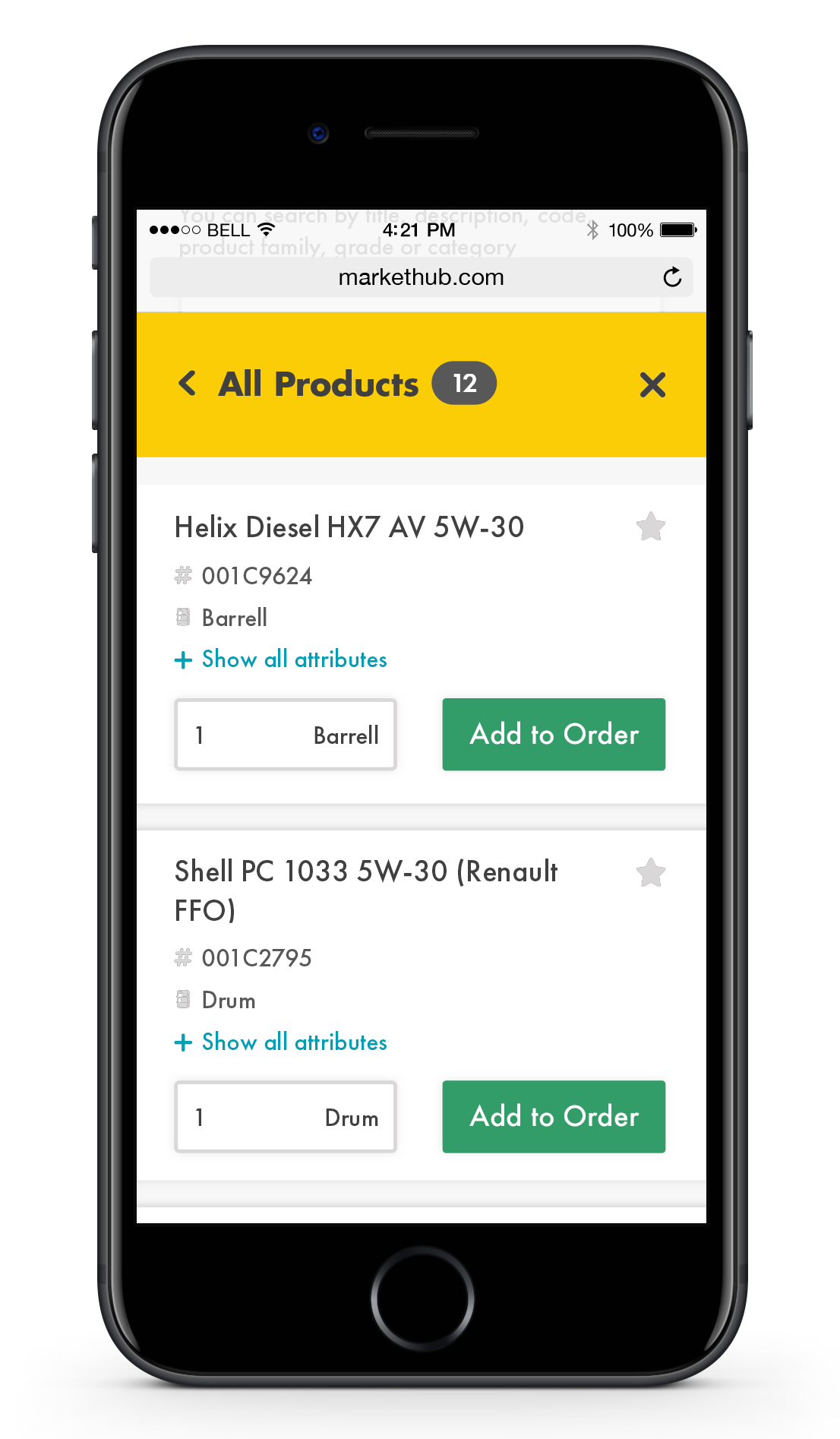
Shell was one of the most challenging places projects I've undertaken, however, I’ve learned so much about the corporate environment and how to influence a global organisation the size of Shell, I also had a tremendous amount of fun working with some really talented colleagues.